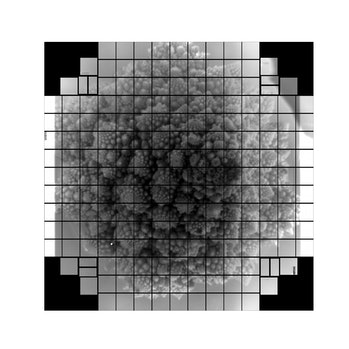
Breaking News
 Harbor Freight Coverpro 12x20 made into a Metal Building part 2
Harbor Freight Coverpro 12x20 made into a Metal Building part 2
 Brian Cole BUSTED, Halle Berry NUKES Newsom + Candace REJECTS TPUSA Challenge...
Brian Cole BUSTED, Halle Berry NUKES Newsom + Candace REJECTS TPUSA Challenge...
 I spent my Thanksgiving in the emergency rom... Medical emergencies can pop up at any time.
I spent my Thanksgiving in the emergency rom... Medical emergencies can pop up at any time.
 The "Golden Age" of Job Layoffs?
The "Golden Age" of Job Layoffs?
Top Tech News
 Build a Greenhouse HEATER that Lasts 10-15 DAYS!
Build a Greenhouse HEATER that Lasts 10-15 DAYS!
 Look at the genius idea he came up with using this tank that nobody wanted
Look at the genius idea he came up with using this tank that nobody wanted
 Latest Comet 3I Atlas Anomolies Like the Impossible 600,000 Mile Long Sunward Tail
Latest Comet 3I Atlas Anomolies Like the Impossible 600,000 Mile Long Sunward Tail
 Tesla Just Opened Its Biggest Supercharger Station Ever--And It's Powered By Solar And Batteries
Tesla Just Opened Its Biggest Supercharger Station Ever--And It's Powered By Solar And Batteries
 Your body already knows how to regrow limbs. We just haven't figured out how to turn it on yet.
Your body already knows how to regrow limbs. We just haven't figured out how to turn it on yet.
 We've wiretapped the gut-brain hotline to decode signals driving disease
We've wiretapped the gut-brain hotline to decode signals driving disease
 3D-printable concrete alternative hardens in three days, not four weeks
3D-printable concrete alternative hardens in three days, not four weeks
 Could satellite-beaming planes and airships make SpaceX's Starlink obsolete?
Could satellite-beaming planes and airships make SpaceX's Starlink obsolete?
Scientists capture world's first 3,200-megapixel photos

Scientists at the Menlo Park, California-based SLAC National Accelerator Laboratory have taken the world's first 3,200-megapixel digital photos, using an advanced imaging device that's built to explore the universe.
"We will measure and catalog something like 20 billion galaxies." said Steven Kahn, director of the Vera C. Rubin Observatory in Chile. That observatory is where the world's largest digital camera will become the centerpiece of a monumental effort to map the night sky. The camera will spend 10 years capturing the most detailed images of the universe ever taken.
"Most parts of the night sky have actually never been imaged at all by telescopes." Kahn said. "No part of the sky has really been imaged with this kind of time, sequencing and time cadence, where you can watch how things change."
The team working on the camera just completed the focal plane, which is an array of imaging sensors more than two feet wide. (The equivalent focal length on an iPhone 11 camera is 26 millimeters.) It took the team about six months to assemble the sensors, largely because the sensors can easily crack if they touch each other during the installation process.
Since the camera isn't complete, scientists used a pinhole projector to test the focal plane. They snapped photos of an image of Vera C. Rubin (the late scientist the observatory is named for), the camera team, and a head of romanesco broccoli.

 First totally synthetic human brain model has been realized
First totally synthetic human brain model has been realized Mach-23 potato gun to shoot satellites into space
Mach-23 potato gun to shoot satellites into space

